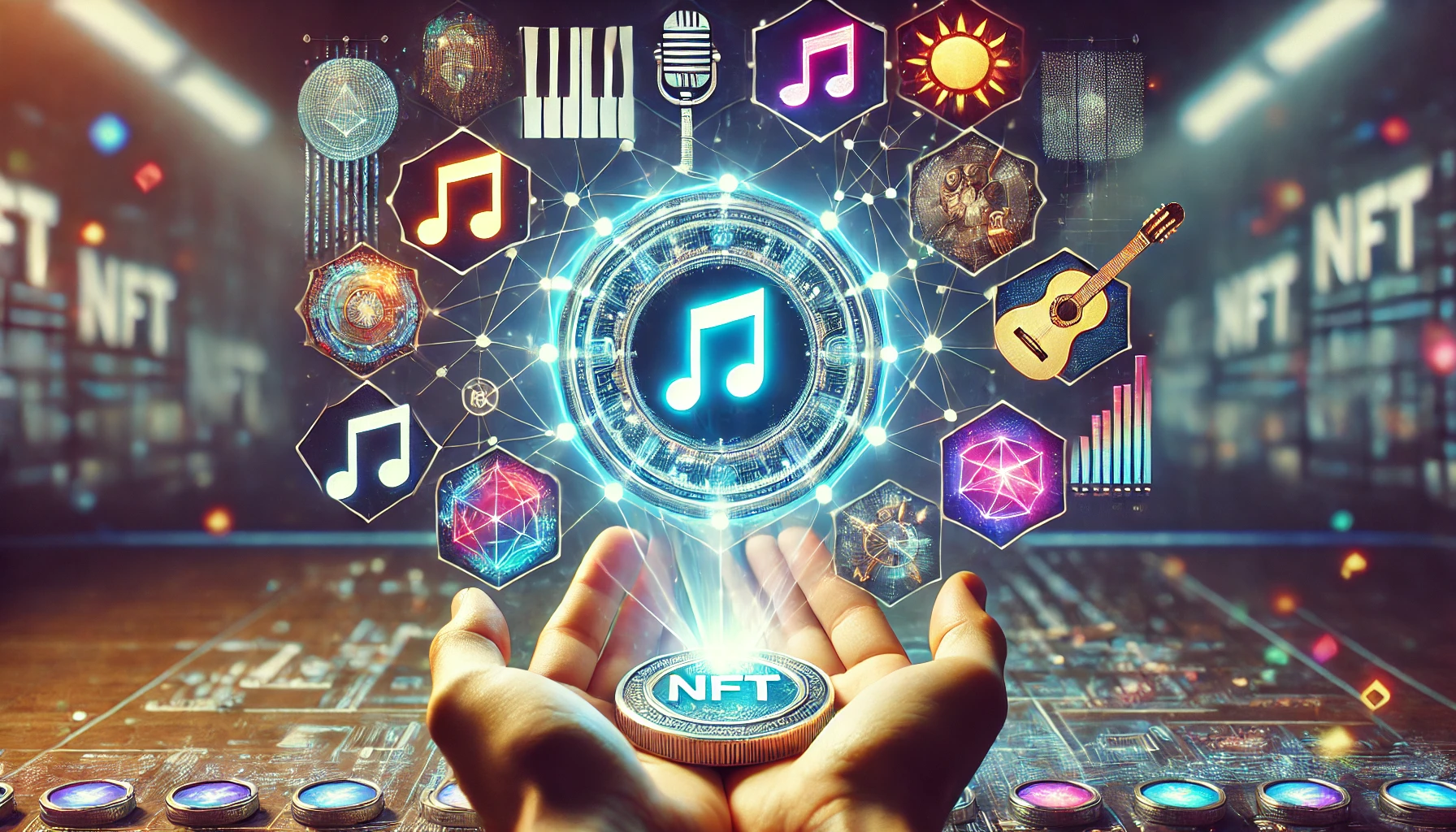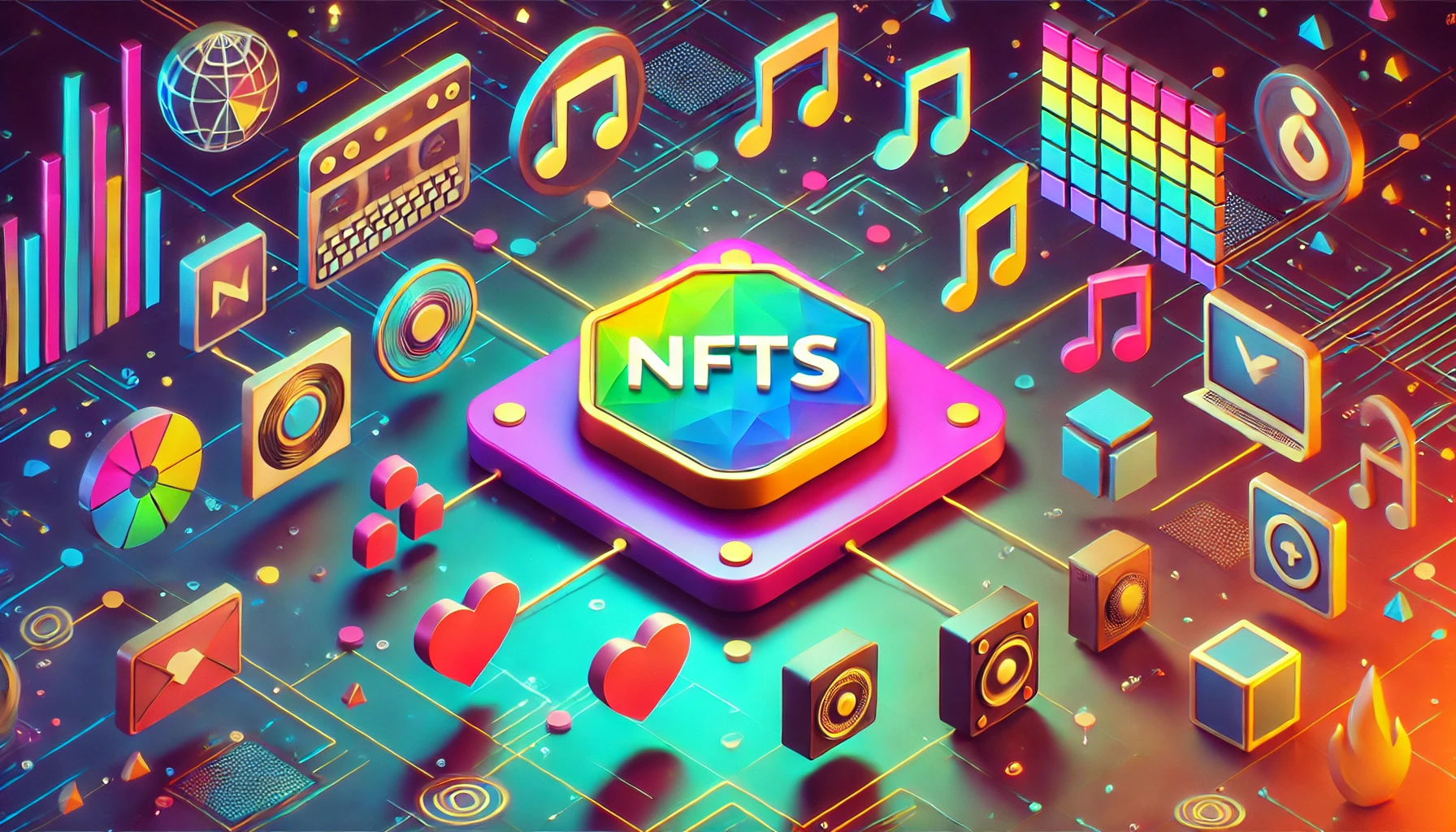What is an NFT? A Simple Guide for Everyone
You might have heard the term NFT being thrown around in conversations about art, gaming, or technology. But what exactly is an NFT, and why is everyone talking about it? Let’s break it down into simple terms so anyone can understand it.
What Does NFT Stand For?
NFT stands for Non-Fungible Token. That sounds technical, but let’s take it one word at a time:
Non-Fungible: This means something that is unique and cannot be replaced with something else. For example, a one-of-a-kind painting like the Mona Lisa is non-fungible because there’s only one in the world. On the other hand, a dollar bill is fungible because you can exchange it for another dollar bill, and both are worth the same.
Token: In the digital world, a token is a digital asset. It’s like a certificate of ownership, proving that you own something specific online.
So, an NFT is a unique digital item that you own, and this ownership is recorded on a technology called blockchain
What is Blockchain?
Think of a blockchain as a digital ledger or record book that keeps track of transactions. What makes blockchain special is that it’s decentralized, meaning no single person or company controls it. Instead, it’s maintained by many people and computers worldwide, making it secure and transparent.
When you buy an NFT, the blockchain records your ownership. This record cannot be altered, making it a reliable way to prove that you own something unique.

What Can Be an NFT?
NFTs can represent almost anything digital. Here are some common examples:
Digital Art: Artists create digital paintings, drawings, or animations and sell them as NFTs.
Music: Musicians can release songs or albums as NFTs, giving fans a way to own exclusive content.
Videos and GIFs: Short clips or memes can also be turned into NFTs.
Virtual Items in Games: Items like skins, weapons, or characters in video games can be NFTs.
Collectibles: Think of them as digital trading cards.
Essentially, if it’s digital and unique, it can potentially be an NFT.
Why Are NFTs Valuable?
NFTs are valuable for a few reasons:
Scarcity: Since each NFT is unique, owning one means you have something no one else has. It’s like owning a rare baseball card or a limited-edition pair of sneakers.
Ownership: NFTs give you proof of ownership that’s secure and cannot be faked.
Creator Benefits: Artists and creators can sell their work directly to buyers, cutting out middlemen and earning royalties every time the NFT is resold.
Community: Some NFTs give access to special perks like exclusive events, memberships, or content.
How Do You Buy an NFT?
Buying an NFT isn’t as complicated as it might seem. Here are the steps:
Get a Digital Wallet: This is like an online bank account where you can store cryptocurrencies and NFTs.
Buy Cryptocurrency: Most NFTs are bought with cryptocurrencies like Ethereum (ETH). You can purchase cryptocurrency on platforms like Coinbase or Binance.
Visit an NFT Marketplace: Websites like OpenSea, Rarible, or Foundation are popular places to buy NFTs. Think of them as online stores for digital art and collectibles.
Make Your Purchase: Once you find an NFT you like, you can buy it using your cryptocurrency. After buying, the NFT will appear in your digital wallet.
Are NFTs Safe?
NFTs are generally safe because they use blockchain technology. However, you need to be cautious:
Avoid Scams: Only buy NFTs from trusted platforms and creators.
Keep Your Wallet Secure: Protect your digital wallet with strong passwords and never share your private keys.
Understand the Risks: The value of NFTs can go up or down, just like stocks or cryptocurrencies.
Why Do People Criticize NFTs?
While NFTs have many fans, they also face criticism. Some common concerns include:
Environmental Impact: The blockchain technology used for NFTs can consume a lot of energy, contributing to environmental issues.
Speculation: Some people buy NFTs hoping to sell them later for a profit, which has led to prices skyrocketing and then crashing.
Lack of Regulation: Since NFTs are a new technology, the rules around them are still developing, which can make the market risky.
Are NFTs Here to Stay?
NFTs are still evolving, but many experts believe they have a bright future. Beyond art and collectibles, NFTs could be used for things like digital IDs, tickets to events, or even property deeds. As technology improves, we may see even more practical uses for NFTs.
Conclusion
NFTs might seem complicated at first, but they’re essentially a way to own unique digital items. Whether it’s a piece of art, a song, or a virtual game item, NFTs allow creators to connect with their audience in new ways and offer collectors something truly special.
If you’re curious about NFTs, start by exploring online marketplaces and learning more about blockchain. Who knows? You might find something you’d love to own—and you’ll be part of a fascinating new world of digital ownership.






